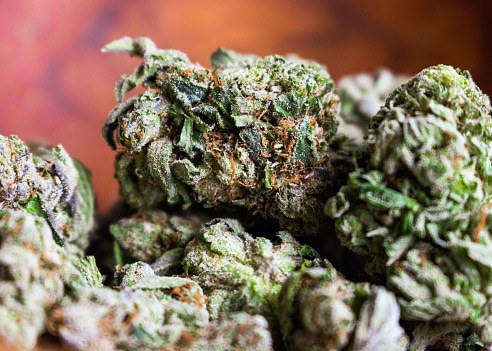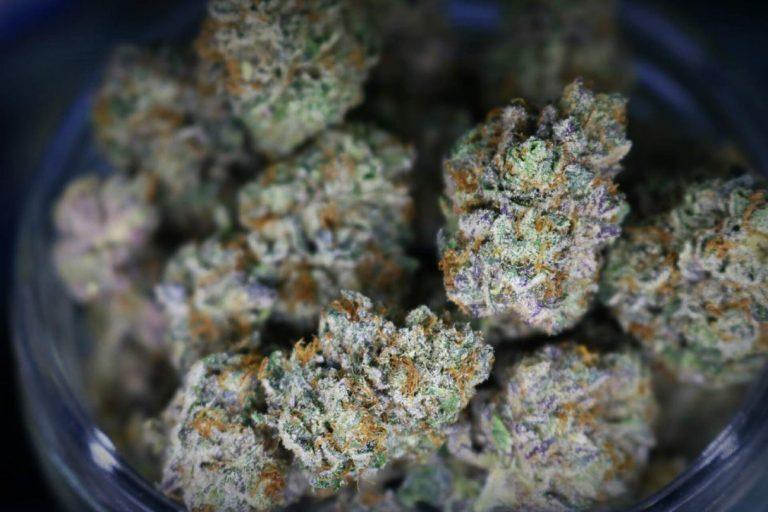
Cannabis and Creativity: A Timeless Connection
Artists have always found ways to expand their minds. From the jazz musicians of the 1940s to modern graphic designers working through midnight deadlines, cannabis has long been a tool in the creative toolkit. Its ability to relax, inspire, and shift perception makes it a natural companion for anyone working in a creative field. While not all strains are equal, many artists swear by cannabis to unlock deeper flow, explore new perspectives, or simply quiet the noise of self-doubt.
Whether you are sketching, coding, choreographing, producing music, or writing poetry, the right cannabis strain can turn a blank page into an open door. But which ones work best, and why? Let’s explore how cannabis affects creative output across artistic disciplines and which strain types support different kinds of inspiration.
What Makes a Strain “Creative”?
Creativity is not one-size-fits-all. Some artists need mental clarity and energy. Others need emotional depth and stillness. The effects of cannabis are just as varied. What is known as a “creative strain” is usually a sativa or sativa-leaning hybrid, but that is not always the case.
Creative strains tend to boost mood, focus, and imagination without putting your body to sleep. They often have terpene profiles high in limonene, pinene, or terpinolene, which are known for their uplifting and mentally stimulating effects. THC content can play a role, but for creativity, it is often about balance—enough to spark ideas but not so much that you feel overwhelmed.
Some creatives even use low-THC or 1:1 THC-to-CBD strains to remove anxiety and promote flow without distraction. The key is choosing based on your personal rhythm and the type of work you are doing.
Writing: From Word Blocks to Flow States
Writers often face the dreaded block. That moment when words just stop coming. Many turn to cannabis not to escape, but to dive deeper. Strains that promote abstract thinking and help with associative connections can open new pathways for storytelling, poetry, or even business writing.
Popular picks for writers include:
Jack Herer – A legendary sativa known for promoting mental clarity and motivation
Super Lemon Haze – Energizing and citrusy, great for humor and dialogue-driven writing
Durban Poison – One of the most focused strains, ideal for long-form content
Many writers say cannabis helps them break rules, write more honestly, and silence the internal critic that often stalls creativity. A small dose before editing or journaling can turn routine work into a more emotionally expressive process.
Visual Art: From Blank Canvas to Bold Vision
For painters, illustrators, graphic designers, and animators, cannabis often becomes part of the workflow. Not because it guarantees better work, but because it shifts perspective. Artists report seeing colors differently, working longer without fatigue, and leaning into their instincts without judgment.
Strains that enhance sensory detail are ideal for visual creativity. These might include:
Tangie – A sativa-dominant strain known for its vibrant, energetic high
Blue Dream – A well-balanced hybrid that helps relax the body while sparking imagination
Pineapple Express – Euphoric and cerebral without being too heady, perfect for experimentation
The experience of zoning into a canvas while high can be meditative. Cannabis can mute distractions and allow for complete immersion in the artistic process.
Music: Enhancing Rhythm and Emotional Range
From jazz and hip-hop to classical and experimental production, cannabis has long played a role in how music is created and experienced. For producers and performers alike, cannabis can heighten sensitivity to sound, rhythm, and emotional nuance.
Strains that enhance auditory perception and flow may include:
Strawberry Cough – Uplifting and cerebral, helps with improvisation
Amnesia Haze – Dreamy and introspective, often used by lyricists
Musicians often say cannabis helps them step outside of linear thinking. When working on compositions or production, it can make repetitive sessions feel fresh, helping artists stay connected to the moment.
Dance and Movement: Feeling the Body’s Language
Choreographers and dancers often use cannabis for movement exploration. It helps quiet self-consciousness and allows performers to tap into how their body wants to move rather than how it is “supposed” to move. Flow states in dance rely on presence, trust, and feeling—the very qualities cannabis enhances when used properly.
Ideal strains for movement include:
Green Crack – High-energy and euphoric, great for practice sessions
Sour Diesel – Mental clarity and stamina
Maui Wowie – Uplifting and social, ideal for group choreography
Cannabis use in the dance world is often discreet, but increasingly accepted in underground and performance circles for its creative benefits.
Digital Art and Coding: Creative Focus and Flow
Digital creators and coders often walk the line between logic and creativity. Whether you are designing a user interface or building an interactive animation, cannabis can enhance concentration while adding a layer of emotional engagement with the work.
Strains that balance focus and flow include:
Cinex – Sharp focus with a creative edge
Harlequin – High-CBD for clarity and anxiety relief
Lemon Tree – Known for its calm energy and mental stimulation
The tech-meets-art crowd often uses cannabis to brainstorm new features, map out design systems, or simply stay loose while executing detailed work. It helps coders approach complex problems in intuitive ways.
Why Strain Selection Matters
Just like you would not wear a tux to the beach, you should not hit a heavy indica before a morning brainstorm. Matching the strain to the task is part of what makes cannabis useful for artists. Indica-dominant strains may be better suited for post-creative relaxation or passive consumption of art. Meanwhile, sativas and hybrids allow you to remain engaged and alert.
Terpene profiles are equally important.
Limonene = Uplifting, bright, joyful
Pinene = Focused, memory-aiding
Terpinolene = Creative, cerebral, energetic
Myrcene = Relaxing, body-heavy
Linalool = Calm, introspective
Reading lab results or asking about terpenes when shopping at dispensaries can help creatives better understand how their body might react to a strain.
Microdosing for Creativity
One of the biggest trends in the creative world is microdosing cannabis. Artists use small amounts to unlock their flow without losing function. This approach avoids the fogginess or paranoia that can sometimes accompany high-THC strains and supports longer, more sustainable work sessions.
For those new to cannabis and creativity, starting with a few milligrams of THC or a single puff from a low-potency joint is the safest way to experiment. The goal is not to get “stoned” but to become open.
A Note on Intentional Use
Cannabis is not a magic key to genius. But when paired with intention, it can support creative expression in ways that feel freeing, meaningful, and fun. Whether it helps you loosen up before a jam session or sparks a plot twist mid-novel, the goal is to deepen your connection to your craft, not rely on a crutch.
Self-awareness is key. If cannabis ever makes you feel distracted, anxious, or blocked, it may be time to switch strains, reduce your dose, or take a break.
Final Thoughts
Creativity thrives on freedom and trust. Cannabis, when used intentionally, can offer both. For artists across all mediums, it opens doors to new ideas, softens perfectionism, and connects you more deeply with the work. Whether you are sketching in a park or producing beats in a home studio, the right strain can help you drop in and create from the heart.
Explore what works for you. Keep track of your sessions, your strains, and your results. In time, you will learn how to build a creative ritual that is not only productive, but joyful. Because at the end of the day, art is about presence, and cannabis is one of the best tools for helping you find it.





